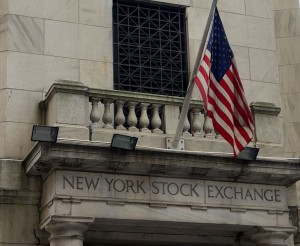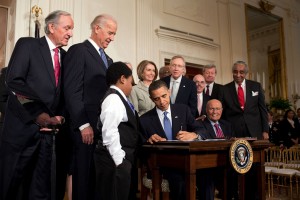The Securities Act: Does It Permit Companies To Cheat Investors?
 Author’s Note: This post is taking an economic and investor approach to The Securities Act of 1933. This is not to ignore the time and monetary cost of information. It is merely a critique of one portion of a larger regulatory scheme and its effects.
Author’s Note: This post is taking an economic and investor approach to The Securities Act of 1933. This is not to ignore the time and monetary cost of information. It is merely a critique of one portion of a larger regulatory scheme and its effects.
The purpose of the 1933 Securities Act was to protect investors by providing them with information in order to make a sound investment decision. Albeit not articulated at the time of The Securities Act’s inception, the modern application of the Securities Act reflects the Capital Asset Pricing Model and the Efficient Capital Market Hypothesis. Roughly, the efficient capital market hypothesis assumes that the market and the stock prices are a reflection of information available about that security.(1) As the original standards for reporting requirements and disclosure requirements of the Securities Act have loosened in recent years, have we cheated investors? Are investors not being fairly compensated or informed for the risks they have assumed?
When a security becomes available to the public for the first time, the SEC requires certain disclosures through its registration statement. The registration statement provides basic information about the company and basic financial information. During this process, there are underwriters who analyze and then provide the first price for the security. They will consider the projections of the company, the segment in which it operates, as well as general global and national market conditions. Their ultimate goal, however, is to sell the securities. The underwriters receive a percentage of the final sales price, which incentivizes them to have a higher price than potential fair market value. The SEC helps to regulate this process and civil liabilities and administrative action can provide a disincentive to be overly optimistic about the security’s prospects.
Since 2005, there has been a movement towards reducing the information required from issuers prior to offering securities to the public.


